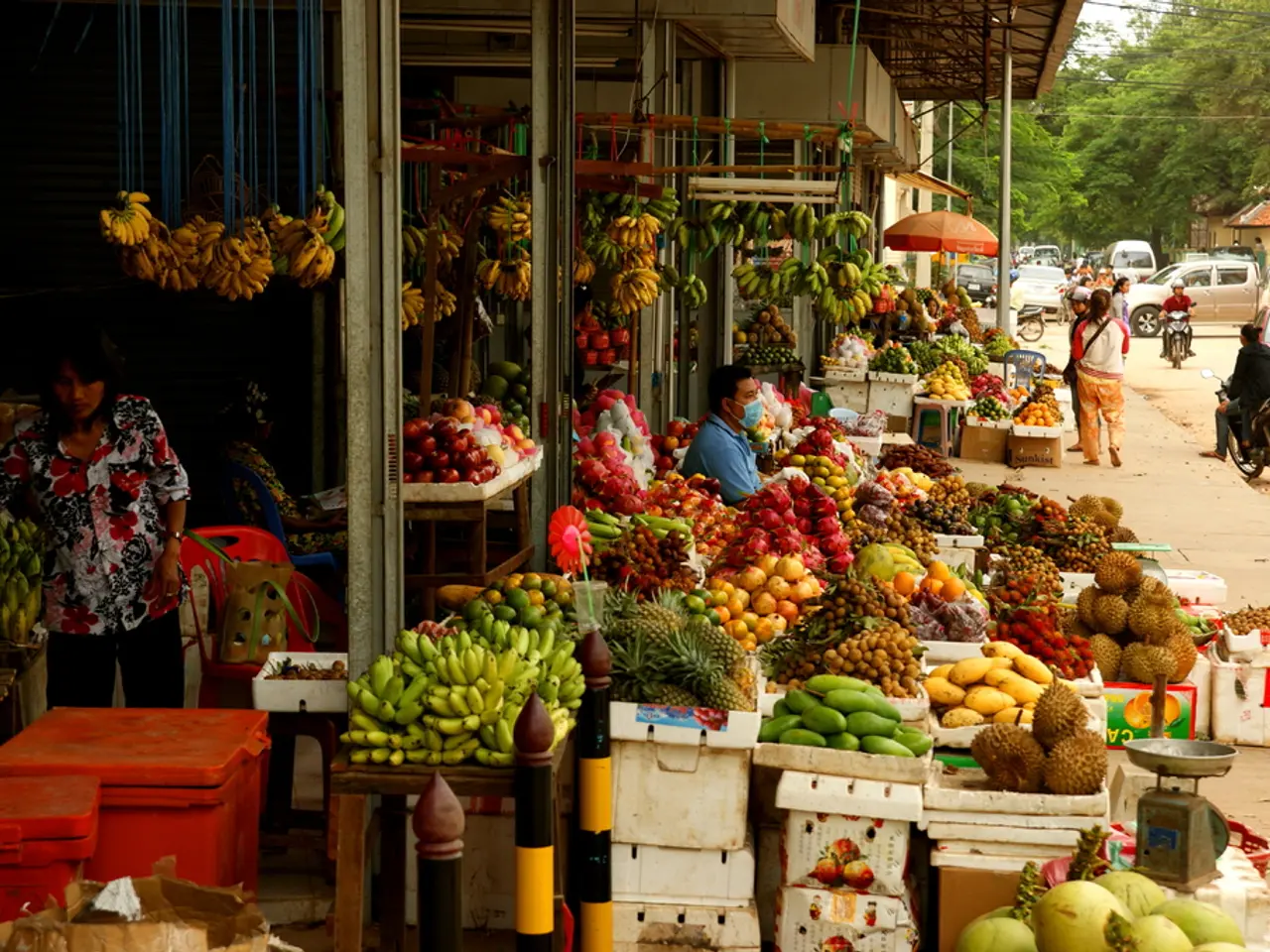Distinction between commodities and services offered
In the realm of commerce, two fundamental categories of economic activity stand out: goods and services. While they may seem similar at first glance, a closer look reveals distinct differences that have significant implications for marketing, management, and consumer behaviour.
Goods, by their very nature, are tangible physical objects that can be seen, touched, and owned. They are transferred in ownership from the seller to the buyer following a purchase, making them a concrete asset in the hands of the buyer. Services, on the other hand, are non-material components of economic activity. They cannot be physically possessed, only experienced.
The key differences between these two categories can be observed across several dimensions.
1. Ownership: Goods ownership is transferred from seller to buyer upon purchase. In contrast, services do not result in ownership transfer; customers only gain access or experience.
2. Intangibility: Goods are tangible, while services are intangible. This intangibility means that services cannot be physically possessed, only experienced.
3. Customer Involvement: Customer involvement in the production of goods is minimal, usually limited to the purchase or use. In contrast, high customer involvement is often required during the delivery and production of services, sometimes simultaneously.
4. Quality Variability: Goods quality is generally homogeneous and consistent, often standardized during mass production. In contrast, service quality is heterogeneous and can vary depending on who provides the service, when, and how.
5. Evaluation: The quality of goods can be easier to evaluate before purchase due to tangible attributes, packaging, and specifications. In contrast, the evaluation of services is often subjective and occurs during or after consumption due to their intangibility.
6. Inventories: Goods can be produced and stored as inventory for later sale or use. Services, however, are perishable and cannot be stored or inventoried; they are consumed as produced.
7. Time (Production and Consumption): Production and consumption of goods are separate events, with goods produced, stored, and consumed at different times. In contrast, production and consumption of services often occur simultaneously, such as in a haircut or live consultation.
8. Production and Consumption Locations: Goods are produced in factories or centralized locations and then distributed. Services, however, are often produced and consumed in the presence of the customer, involving direct interaction.
These distinctions reflect unique marketing and management challenges for service businesses compared to product-based companies. For instance, evaluating services can be challenging due to the variability in quality and the high level of customer interaction. The price of services is determined by factors like the skill and expertise required to deliver them, and services can be evaluated based on customer satisfaction.
In conclusion, goods are tangible, transferable, and storable, with standardized quality, while services are intangible, experienced rather than owned, produced and consumed concurrently with customer participation, perishable, and quality varies by provider and situation. Understanding these differences is crucial for businesses operating in either sector and for consumers making purchasing decisions.
In the realm of education and self-development, learning and continued growth are essential components. Unlike goods in commerce, learning is an intangible experience that cannot be physically possessed, only gained through knowledge acquisition and skill development.
Unlike services in commerce, education and self-development continue to provide value after learning, as individuals apply their knowledge and skills in various aspects of their lives, leading to long-term growth and development.




